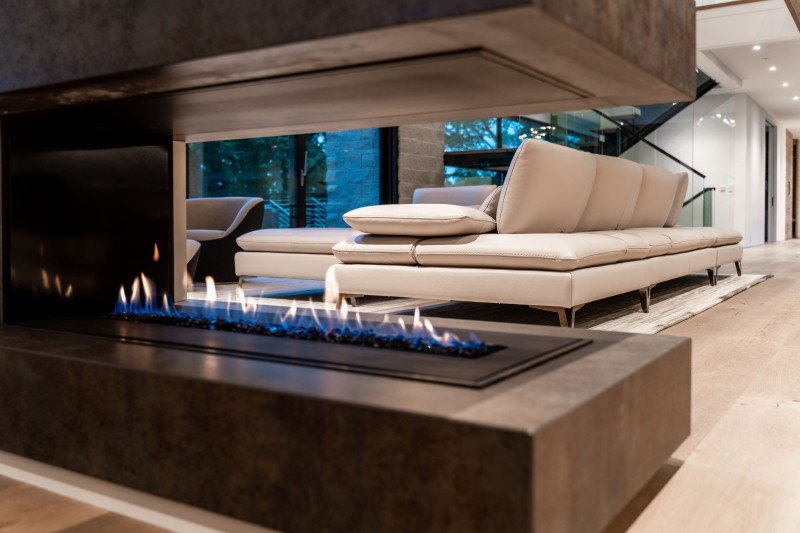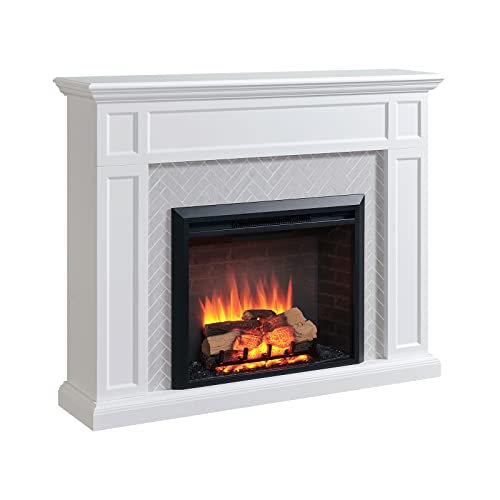The fireplace has long been considered as the heart of a home, providing warmth, atmosphere, and a focal point for social events. Nevertheless, navigating through various options can be frustrating, specifically with budget restrictions in mind. This short article presents a helpful guide on the best value fireplaces, detailing their types, features, and benefits to help homeowners make a sensible choice.
Fireplaces are available in a range of styles and types, each with different qualities, costs, and advantages. Here's a comprehensive take a look at the most typical kinds of fireplaces offered in the market today.
| Kind of Fireplace | Description | Average Cost | Pros | Cons |
|---|---|---|---|---|
| Wood-Burning | Burn logs to create heat and atmosphere. | ₤ 1,500 - ₤ 5,000 | Authentic experience, natural heat | Needs regular maintenance, less efficient |
| Gas Fireplaces | Utilizes gas or propane to produce heat. | ₤ 2,000 - ₤ 5,000 | Easy to utilize, cleaner than wood | Limited to gas supply, installation expenses |
| Electric Fireplaces | Simulates flames with LED technology and produces heat by means of electrical power. | ₤ 200 - ₤ 3,000 | Easy installation, installation flexibility | Less authentic feel, higher operating expenses |
| Pellet Stoves | Use compressed wood or biomass pellets, offering an environment-friendly choice. | ₤ 3,000 - ₤ 4,500 | Efficient, low emissions | Needs electrical energy to operate, needs storage for pellets |
| Ethanol Fireplaces | Burns ethanol fuel, producing flames that don't need a chimney. | ₤ 300 - ₤ 2,500 | No vents required, portable | Greater fuel cost, safety issues |
Picking the best fireplace is not just about aesthetics; it likewise involves practical factors to consider. Here are essential factors to remember:
Based upon client reviews, specialist viewpoints, and total value for cash, here are some of the best value fireplaces presently available in the market:
A1: Electric fireplaces tend to be the most economical in terms of initial purchase Fireplace mantel price and setup, but can have greater operating expenses compared to gas or pellet units.

A2: Yes, gas fireplaces typically produce less emissions and posture a lower danger of chimney fires as they do not produce creosote like wood-burning units.
A3: While some electric fireplaces permit easy self-installation, other types, particularly gas and wood-burning models, typically require expert setup due to venting and security concerns.

A4: Regular upkeep consists of cleaning the chimney (for wood-burning fireplaces), looking for gas leaks (in gas systems), and ensuring proper ventilation for electric designs.
A5: Ethanol fireplaces are appealing for their modern style and ease of setup. However, they can be less efficient and more expensive to run long-lasting compared to other fuel types.
Selecting a value fireplace that meets your visual preferences and useful needs includes extensive research and consideration. By comprehending various kinds of fireplaces, their associated costs, and benefits, homeowners can make informed decisions that will not only fit their budget plan however likewise boost the warm and inviting environment of their homes. Whether going with an electric, gas, wood-burning, pellet, or ethanol design, the best fireplace waits for to transform your living space.
No Data Found!

